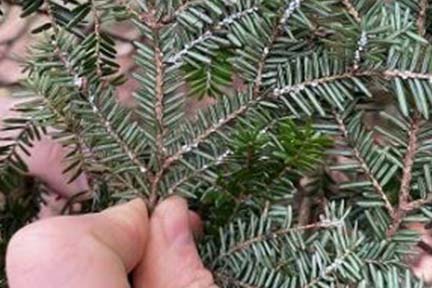
Spring treatment of hemlock woolly adelgid
 |
|||||
– News Release – |
|||||
|

 |
|||||
– News Release – |
|||||
|
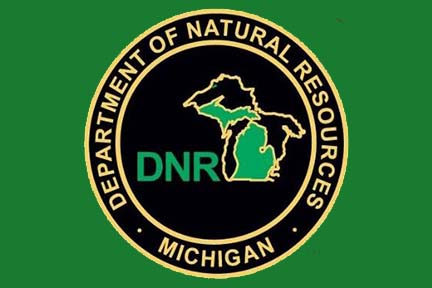
 |
|||
DNR News |
|||
|
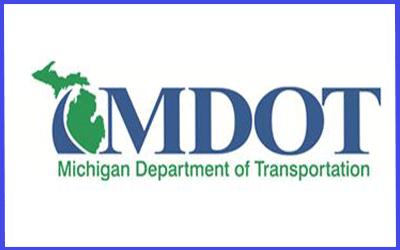
MDOT awarded federal SMART grants for LANSING, Mich. – Two Michigan Department of Transportation (MDOT) projects, including the Blue Water Bridge International Smart Freight Corridor and Advancing Rural Mobility: Michigan Public Transit Open Data Standards Program, have been selected for funding through the U.S. Department of Transportation’s (USDOT) Strengthening Mobility and Revolutionizing Transportation (SMART) Grants Program. Aimed at providing predictable arrival and processing times for truck-borne goods movement across the Blue Water Bridge to the Port Huron Port of Entry, the smart corridor project will improve the flow of data between shipping companies, vehicles, border agencies, and infrastructure operators along this key international freight corridor. The $1.8 million SMART grant will support a pilot project to improve the movement of westbound goods across the bridge and minimize border waiting times and congestion when fully implemented. “Currently, trucks carrying freight across the border can experience lengthy delays at peak times. This project will decrease pollution from idling vehicles and decrease supply chain costs,” said Michele Mueller, MDOT’s senior project manager for connected and automated vehicles. “In 2020, $71.5 billion in goods passed over the Blue Water Bridge, so the potential benefits to the environment, along with a reduction of transportation costs, are tremendous.” When the project is complete, the system will be able to support pre-clearance of freight shipments and minimize queuing and backups, while maintaining data and information security. Longer distances between jobs, education opportunities, essential services, and recreation in rural communities can be a barrier to people with low incomes, people with disabilities, older adults, children, and teenagers who may not have access to a personal vehicle or be able to drive. Public transit is available in most communities, but finding out what services are available can remain a challenge. “The Advancing Rural Mobility Program (ARMP) seeks to provide access to real-time public transit information and improve people’s ability to plan and book transit trips in rural communities,” said Janet Geissler, mobility innovations specialist with MDOT’s Office of Passenger Transportation. “This project will help rural transit agencies create data feeds using open standards that allow the data to be shared easily and consistently. That data can be used to power such things as trip-planning apps, on-demand ride-hailing services, and MDOT’s planned statewide Mobility as a Service platform, which will help people in all areas of the state identify and access transportation options.” ARMP was selected to receive $1.3 million from the SMART grant program. MDOT has partnered with HNTB, an infrastructure design firm, and four rural public transit agencies to pilot the program: Benzie Transportation Authority, Charlevoix County Transit, Cadillac/Wexford Transit Authority, and Roscommon County Transportation Authority. The two MDOT SMART grants are among 59 projects across 33 states, totaling $94 million in funding for the first round of the program. The program provides funding to public sector agencies to conduct demonstration projects that use technologies and systems to improve transportation efficiency and safety. The City of Detroit and the Road Commission for Oakland County also were selected to receive SMART grant funding. |
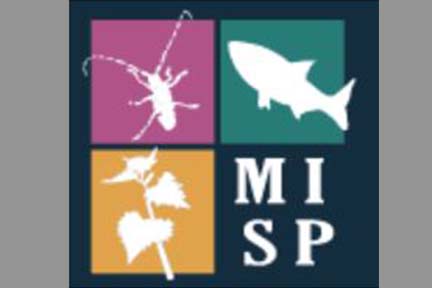
|
Michigan marks progress against invasive species, considers ways to meet new threatsUpcoming webinar provides a year in review Rock snot, spotted lanternfly, balsam woolly adelgid … these are just a few of the invasive species that 10 years ago weren’t on the public radar as threats to Michigan’s woods and waters. Today, however, thanks to the work of Michigan’s Invasive Species Program, university partners, nonprofits, volunteers and a robust network of cooperative invasive species management areas, there is greater awareness about the damages posed by these land and water invaders – but there’s still much work to do. The recently released Michigan Invasive Species Program 2022 Annual Report highlights recent successes, outlines what’s needed to meet future challenges, and points to simple steps everyone can take in actively protecting the outdoor places and experiences we love. Read the report ►The 2022 report discusses several topics, including:
Program historySince 2014, Michigan’s Invasive Species Program has received $5 million in annual state funding to prevent the introduction and spread of invasive species and minimize harmful effects of those already established in the state. This support has substantially enhanced the program’s work on aquatic organisms, supported a terrestrial species program and established the $3.6 million annual Michigan Invasive Species Grant Program. Looking aheadJoanne Foreman, invasive species communications coordinator with the Michigan Department of Natural Resources, will address the program’s progress and potential impacts of new funding in the upcoming NotMISpecies webinar, Rowing the Boat: The Michigan Invasive Species Program 2022 Year in Review (9 a.m. Tuesday, March 21). Registration information and recorded versions of previous webinars are available on the NotMISpecies webpage. Questions? Contact: Joanne Foreman at 517-284-5814. The Michigan Invasive Species Program is cooperatively implemented by the Michigan departments of Agriculture and Rural Development; Environment, Great Lakes, and Energy; and Natural Resources. |
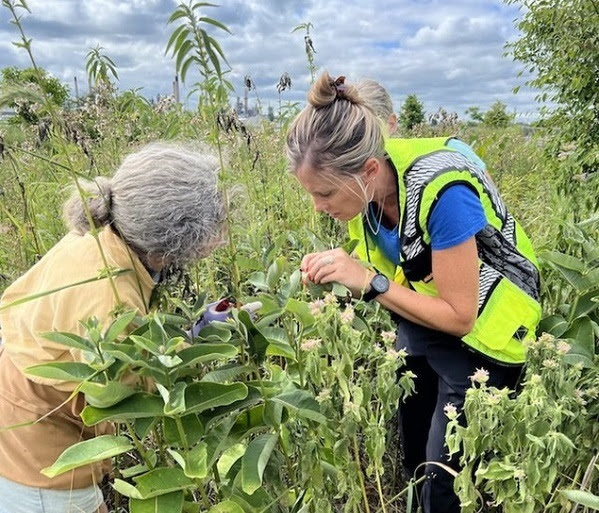
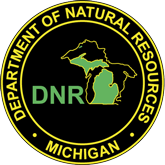




FOR IMMEDIATE RELEASE March 21, 2023 Contact: [email protected]
Gov. Whitmer Announces Operation Safe Neighborhoods Reaches New Milestone with More Than 350 Illegal Guns Off the Street
LANSING, Mich. – Today, Governor Gretchen Whitmer provided an update on the number of illegal guns taken off the streets as part of Operation Safe Neighborhoods. Since the operation began, law enforcement officials have conducted nearly 4,000 check-ins with felony offenders, leading to 354 illegal guns taken off the street. During sweeps, officers have also recovered illegal drugs and ammunition.
“As a former prosecutor, public safety is a top priority for me,” said Governor Whitmer. “Today, I’m proud to announce over 350 illegal guns have been recovered as a part of the Operation Safe Neighborhoods program. We launched Operation Safe Neighborhoods to get illegal guns off our streets before they could be used in future crimes. And it’s why, in my most recent budget, I proposed nearly $500 million to keep families safe, building on the $1 billion in bipartisan public safety funding we’ve invested since I took office. This year, we will make another strong investment to keep people safe and pass commonsense gun violence prevention legislation. Let’s keep using every tool in our toolbox to keep Michiganders safe.”
Operation Safe Neighborhoods is a statewide crack down on crime aimed at reducing gun violence by getting illegal guns off the street and out of the hands of people who cannot legally be in possession of a gun due to prior criminal history.
“Michigan families deserve to feel safe at home, school, and work,” said Lieutenant Governor Gilchrist. “Operation Safe Neighborhoods is part of our ongoing commitment to crack down on crime and keep illegal guns off the streets. We are also hiring more first responders, supporting them with scholarships and training, and funding the Office of Community Violence Intervention to deliver real change and keep Michiganders safe. Governor Whitmer and I are committed to building on this progress and continuing our partnerships with local law enforcement to prevent gun violence.”
Nearly one in three reported violent crimes in Michigan involve a firearm. This initiative builds on Governor Whitmer’s MI Safe Communities program that she launched in 2021 to invest in local police, get illegal guns off the street, and fund expanded opportunities in jobs, education, and the justice system.
In her 2024 budget recommendation Governor Whitmer, proposed nearly $500 million to keep Michigan communities safe. Her proposals included funding to implement gun violence prevention policies and revenue sharing for public safety, including employee recruitment, retention, training, and equipment for first responders.
About Operation Safe Neighborhoods MDOC parole and probation agents teamed up with local law enforcement across the state and have been conducting enhanced compliance checks on probationers and parolees who are legally prohibited from possessing a firearm.
There are roughly 32,000 probationers and 8,500 parolees in the state, of which 20 percent have been convicted previously of a gun crime. These individuals are supervised by more than 1,000 MDOC parole and probation agents. The plan the department devised and implemented is aimed at the strategic targeting of high-risk individuals who have weapons possession in their criminal history that could be used to commit further crime.
Governor Whitmer’s Proposals to Keep Communities Safe Since taking office, Governor Whitmer has invested more than $1 billion to keep communities safe, including funding to keep kids safe at school, support the Department of Military and veterans Affairs, and enact historic criminal justice reform. In February, she announced her 2024 executive budget recommendation which includes $500 million to build on this funding. Governor Whitmer’s proposals include dedicated resources for the first time ever to hire, train, and retain local cops, firefighters, and EMTs and upgrade public safety facilities and equipment. She also calls for funding to implement gun violence prevention policies and expand programs aimed at reducing recidivism.
Her budget recommendation includes:
This month, Governor Whitmer signed legislation that addressed one of the proposals laid out in her budget recommendation to establish the Community Violence Intervention initiative and provide grants to community-based organizations that provide community violence intervention services. |